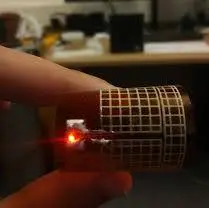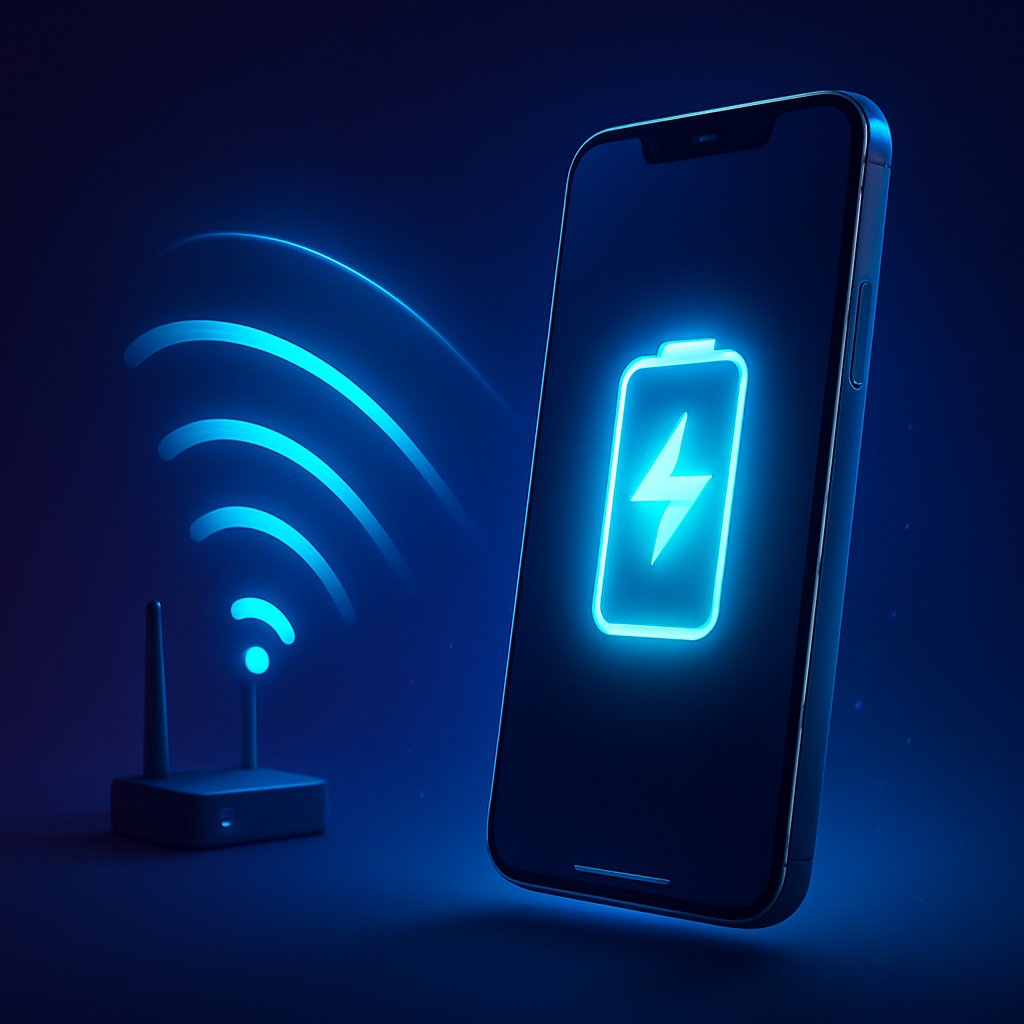Imagine this: Your iPhone battery lights the dreaded 1% while you’re watching your favorite YouTuber. You don’t need to rush for a charger, so don’t panic. WiFi connections are allowing your phone to charge itself.
Doesn’t that sound like something from a science fiction film? But it’s not! Researchers, particularly one creative team from MIT, have found a way to convert WiFi signals into electricity. It’s possible that this technology may someday provide wireless powering for your gadgets.
We should look at how this works, why it matters, and why it could be the most inventive thing ever.
How Does WiFi Become Electricity?
Now, let’s get started. WiFi is used for more than simply sharing memes and binge-watching Netflix. Through the use of a strange contraption known as a rectenna, scientists have discovered a way to capture the energy contained in those unseen messages.
You might wonder what a rectenna is. Imagine the child of a power converter and an antenna. WiFi signals are captured by this little device, which then converts them into minuscule quantities of power. It’s similar to using airborne invisible waves to power your phone.
What’s the best part? The rectenna’s MIT version is adaptable. In the future, this technology may be integrated into walls or sewn onto your shirt to quietly charge your gadgets while you go about your daily activities.

How Can This Invention Be of Value
Let’s face it, chargers are an enemy of modern society. They always break, tangle, or disappear at the most inconvenient times. Even with the invention of wireless charging, you still need to lay your phone on a certain pad.
One day, your devices will be able to charge themselves just by being in a WiFi enabled location. You may not even need to do anything to keep your iPhone, wristwatch, or even your hearing aids charged.
And here, convenience isn’t the only factor to take into account. Consider medical devices such as pacemakers. They could operate continuously without needing to put up with annoying battery changing procedures because to this technology.
Is This Safe?
Yes,We already have WiFi signals all the time. The rectenna absorbs energy from the signals that are already there; it does not produce new ones. You’re not using up your neighbor’s whole cupboard, so it’s like borrowing sugar from them.
Furthermore, this technology won’t damage your brain or make you a walking WiFi hotspot. After extensive testing, MIT’s technology is completely safe.
The Catch
Here’s a reality check before you get too excited and throw out all of your chargers. The amount of electricity produced by WiFi transmissions is now quite low. Consider just enough to run a smartwatch or other low-power gadget, but not enough to run your toaster oven or game console.
Every ground-breaking invention, however, begins somewhere. Do you recall when the first cell phones were brick-sized devices? These days, they can do anything except brew coffee and fit in your pocket. This technology will only improve.
What’s Next?
Already, the MIT team has great dreams. In their ideal world, there would be WiFi-enabled gadgets everywhere. Wearable technology and smart homes have the potential to completely change our way of life.
Suppose that when you enter a shopping mall, your phone charges itself. Or going on a hike without an outlet and with your fitness tracker fully charged.
This could also help in reducing pollution. Instead of using traditional electricity, devices may use external WiFi energy. This would reduce our carbon footprint and waste.
Conclusion
The possibility of a wireless, battery free future is closer than we may imagine, even though it is still in its early stages .Rethinking how we use energy in our daily lives is the goal of converting WiFi signals into electricity, which goes beyond simply charging your phone. This technology has the potential to change everything. From powering medical devices to eliminating the inconvenience of tangled connections .When it comes to futuristic concepts, imagine this technology being incorporated into smart cities. So is it worth building advanced smart cities now?








